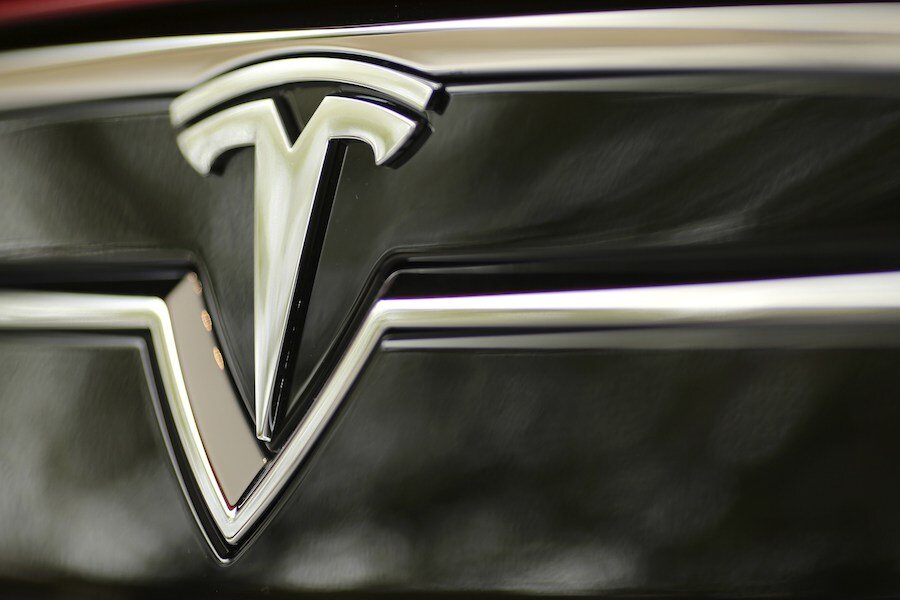Tesla Model 3 will cost $35,000; pre-orders start next March
Loading...
Pre-orders for the Tesla Model 3 will open in March 2016, when the design for the $35,000 electric car will be unveiled, CEO Elon Musk announced on Twitter.
Musk is known for being more open on the social media site than just about any other forum, so it's not all that surprising that the news was released this way.
The opening of pre-order books will coincide with the public unveiling of the Model 3, confirming previous statements by Tesla about an early 2016 reveal.
In a follow-on to that tweet, Musk also confirmed that pricing will start at $35,000--the amount discussed in numerous previous statements about the car.
Musk said Model 3 production will start in "about two years," pending completion of Tesla's battery Gigafactory.
The factory--located just outside Reno, Nevada--will be the largest producer of lithium-ion cells in the world when it becomes fully operational, Tesla has said.
The economy of scale offered by such a large factory is crucial in achieving the Model 3's $35,000 price point.
If Tesla can meet that goal, the smaller Model 3 sedan will cost exactly half as much as the least-expensive Model S on sale right now--the rear-wheel drive, 70-kilowatt-hour Model S 70.
That car has an EPA-rated 230-mile range, but Tesla has said many times that the cheaper Model 3 will have 200 miles of range.
Gigafactory construction began in October 2014, and a June report by Nevada officials claimed that it was ahead of schedule.
The factory will be producing at least some battery cells by next year, Steve Hill--director of the Nevada Governor's Office of Economic Development--said at the time.
Beginning this fall, Panasonic will send several hundred workers to the Gigafactory site to prepare for the start of lithium-ion cell production.
The Japanese company--which currently supplies cells for the Model S and owns a small stake in Tesla--will provide some of the funding for the project, and oversee cell-fabrication operations at the completed plant.
If everything goes as planned, the Model 3 sedan could be joined by a crossover variant sometime after its launch.
And Tesla has said there may well be additional models as well.
Given that Tesla has missed every one of its initial vehicle-launch deadlines to date, it might be prudent to take Musk's current projections with a grain of salt.
Tesla will have to expand production significantly soon, though, to meet Musk's goal of building 500,000 electric cars per year by 2020.
The Model X crossover utility vehicle will be the next step in that expansion; it is expected to help the company double its annual production and achieve its goal of a 100,000-cars-per-year rate as the first increment.





